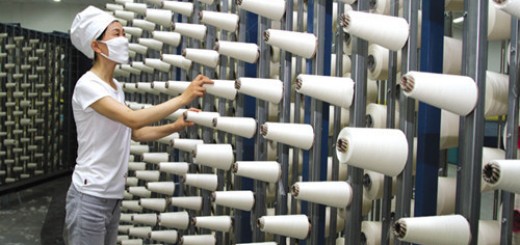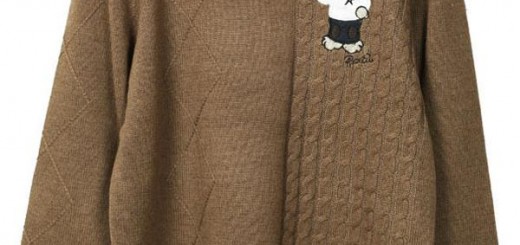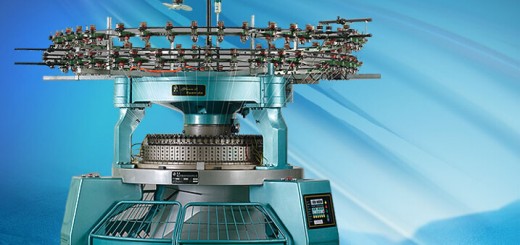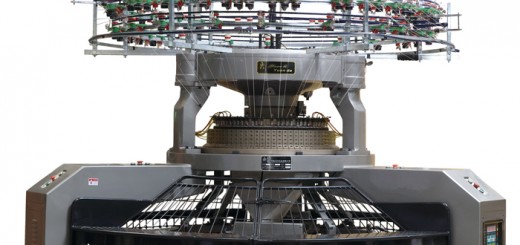In recent years, consumer spending declined and the global economic downturn has forced the Indian textile industry began to seriously consider the development direction of industrial textiles, government and industry are looking for a variety of opportunities to expand the overall market size of the Indian textiles industry. The current value of industrial textiles sector in India is about $ 800 million, the Indian government hopes it can reach $ 1.55 billion by the end of 2014. This means that the size of the Indian textiles sector will grow by nearly 1/2. All stakeholders, including industry and trade associations, government, academia, industry associations and textile are serious efforts to establish a viable industrial textiles sectors.
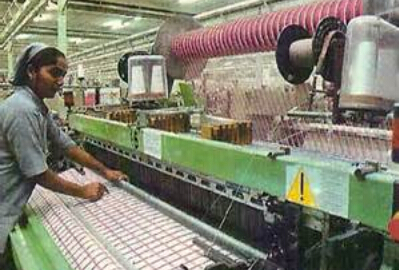
Create a platform for hatching Industry and Market
SRF is the largest manufacturer of technical textiles in India, there are business UAE, Thailand and South Africa three countries. SRF’s industrial products include basket nylon tire cord, polyester tire cord, belt fabrics, coated fabrics, composite fabrics, fishing nets entangled fibers and industrial wire.
SRF Arun Bharat Ram, Executive Chairman said that at present in India, per capita consumption of non-woven fabric is less than 100 grams, but in developed countries such as the United States and Western Europe, per capita consumption of nonwovens in about 3-3.5 kg. Although India’s share in world production of non-woven fabric is negligible, but global demand for textiles is rising, new applications and new markets are emerging in India is undoubtedly a growing market, if the government develop policies to support domestic products , then in 2-3 years it will be possible for non-woven materials pave the way for development. Arun Bharat Ram, said the government should not only strengthen the leadership in this area, people within the industry but also to strengthen the awareness and popularity of industrial products, such as organizing trade show said, so that you can demonstrate the latest products, equipment help for the development of the industry to find innovative solutions, thus contributing to the growth of business, but also to make the right investment for entrepreneurs to provide guidance.
Government of India Ministry of Textiles Textile Commissioner, Mr. Joshi said that now really need to have a platform that allows individuals and entrepreneurs who are interested to know what kind of marketable products, and how to make and sell them. Simply put, that is India’s textiles sector should know where and how to use industrial textiles day.
Clarify the product categories to break the existing barriers
For such an emerging market, Mr. Joshi proposed classification of technical textiles sectors: consumer products, institutional products and government procurement products. Consumer products, including personal care, baby care and hygiene products. In this category, the world’s leading brands, such as curiosity and Pampers has penetrated into the market, the major players as P & G, Kimberly-Clark Company, SCA-Godrej and Johnson & Johnson. These products are mainly large international companies in pharmacies or retail stores, such as Birlas Grand Bazaar. But the use of these products to consumers, mainly middle-income, upper middle class and upper class who. Lack of cost consciousness, hinder these products penetrate into rural and low-income areas. Institutional products, such as geotextiles, automotive textiles and consumption will grow by hospital products. India plans to build 20 km of national highways, which will lead to more consumption of industrial textiles. Government Procurement class is to provide a variety of products for the Department of Defense and liaison bodies, but most of these rely on imports.
Textiles in India are mostly fast moving consumer goods market in the development process of these products and whether to have an affordable price can be said to be its ability and marketability of an important reference, after all, the economy is not very well developed in the region, the cost is consumers are particularly concerned. Meanwhile, efforts to strengthen the supporting regulations penetration in related industries, increase product launch efforts, but also the government and the industry much-needed attention.
In addition, the non-woven industry is an important foreign exchange industry, the Indian government attaches great importance to it as the creation of employment after agriculture industry. Among them, the support for non-woven fabrics and industrial areas of the fiber, the need to seek differentiated fiber production with neighboring countries. But now India’s nonwovens and industrial fiber production is still in its early stages, nonwovens industry in India is looking for change in order to facilitate the rapid growth in the future.
Proceed sector reform while seeking technological breakthroughs
Indian Textiles Industry should be how to grow? Mr. Joshi believes the answer to this question consists of two parts: one is to raise public awareness so that consumers understand the difference between ordinary and industrial textile products between; Second, strengthen marketing, so that producers and sellers of industrial products know how to successfully sell the product quickly.
At present, India is basically already has the necessary infrastructure and manufacturing capabilities, the fundamental development of these non-woven industry. The Indian government has begun through the industrial textiles sector transformation, so that people on the industrial textiles to create a basic understanding. In addition to the establishment of a government industrial textiles technology sector, but also started to develop after the reorganization of the department of industrial textiles technology update program to enhance the awareness of consumers.
If everyday things carefully, it will provide opportunities for a number of small and medium-sized enterprises. As can be stuffed with printed cotton cloth or polyester fiber inside a baby quilt as a filler. Similarly, it can be stuffed in the flame retardant polyester nonwoven material safety car seats, child inside the car, and a polyester batt.
Overall, due to changes in consumption activities in India, one-time non-woven products for the consumer market will continue to expand. And the Indian government is strengthening highways and bridges and other infrastructure, is expected to demand and related civil and industrial nonwovens fibers will also increase significantly.

